Microsoft's pricing strategy for the Xbox ecosystem just delivered a reality check that is reverberating through gaming communities worldwide. In May 2025, the company announced some of the most aggressive price increases the console industry has seen, pushing the Xbox Series X from $500 to $600 and bumping the Series S from $300 to $380. Then came the curveball. Microsoft tried to push game prices to $80, met a tidal wave of backlash, and quickly backtracked to $69.99 after criticism around titles like The Outer Worlds 2.
What's driving these unprecedented price hikes?
Microsoft cited "market conditions and the rising cost of development" as the reason for the changes, and that is part of it, sure. The elephant in the room is trade. Tariffs implemented by the Trump administration are hammering Xbox because consoles are primarily manufactured in China, which now faces up to 145% US tariffs on numerous Chinese imports.
Those pressures stack on top of rising development budgets. Bigger production budgets mean studios need to sell even more copies to satisfy publishers and shareholders, so tariff costs and development expenses feed each other, pushing prices upward across the Xbox ecosystem.
The immediate impact on Xbox hardware pricing
Laid out on a page, the scale is hard to ignore. Microsoft's pricing adjustments hit every tier: the Xbox Series S (512GB) is now $379.99, the 1TB edition is $429.99. The Xbox Series X Digital Edition is $549.99, while the 2TB edition lands at $729.99.
Accessories did not escape either. Xbox controllers rose to $64.99, and the Elite Wireless Controller Series 2 jumped from $145 to $200. These are not subtle adjustments. We are seeing increases of 20 to 27 percent across virtually the entire Xbox lineup.
This reshapes the competitive landscape. The Xbox Series X now costs more than some PlayStation 5 models in certain regions, flipping a pricing hierarchy gamers grew used to over multiple console generations.
How Game Pass cushions the blow (and drives revenue)
Here is the tell. While hardware prices surge, Xbox Game Pass subscription prices remain unchanged, with Ultimate still at $20 monthly after a 2024 increase. That is not a coincidence. It is strategy.
Game Pass is now a revenue engine, contributing nearly $5 billion in annual revenue for FY 2025. The math already shows its power: in Q4 FY24, Xbox content and services revenue rose 61% year-over-year while Xbox hardware revenue fell roughly 42%. Higher console prices become a funnel into the subscription, where hundreds of games feel like a deal when individual purchases creep up.
The mix tells the story too. The ultimate tier maintains a dominant 68% share among Game Pass users, covering console, PC, and cloud. Ultimate includes new first party games at launch, EA Play integration, and Xbox Live Gold benefits in one subscription. Microsoft is betting pricier hardware nudges even more people into that tier.
The great $80 game experiment and swift retreat
Microsoft’s boldest move became its biggest stumble. The initial announcement that major titles would jump to $80 triggered immediate, loud pushback, especially around The Outer Worlds 2. The response was so unified that Microsoft quickly backtracked, returning to $69.99 and offering refunds for higher-priced preorders.
The contrast with competitors is sharp. Microsoft retreated, while Nintendo pressed on with Mario Kart World at $80. Market position matters. Nintendo’s exclusives and unique hardware give it leverage that Microsoft, competing head to head with PlayStation and PC, does not. Meanwhile, industry analysts predict titles like Grand Theft Auto 6 could cost as much as $100. I would not be shocked if the $80 sticker returns once tempers cool.
And that retreat still feeds the Game Pass pitch. If single games feel too expensive, $20 a month for a vast library starts to look like the easy button.
What this means for the gaming landscape ahead
Bottom line, Microsoft’s pricing signals a shift in how console makers chase profit in 2025 and beyond. Xbox hardware sales dropped 42% in Q4 2024, yet overall gaming revenue rose on the back of services and subscriptions. This is not a bug in their strategy, it is the point.
We are watching the move from hardware driven to service driven economics in real time. Microsoft likely still expects Game Pass to hit 50 million subscribers in 2025, leaning on the promise of hundreds of games for a monthly fee instead of pricier individual buys. Put plainly, at $80 per game you only need three titles in a year to justify a year of Game Pass Ultimate.
So players face a fork in the road. Pay premium prices for hardware and à la carte games, or lean into subscriptions where access beats ownership. Microsoft’s pricing is forcing the choice, and early signs say many are picking the subscription path.
Expect ripple effects beyond Xbox. If Microsoft grows revenue on a services first model, Sony and Nintendo will take notes. The days of cheap console gaming look done. The subscription alternative might keep gaming accessible as costs climb, though whether players ultimately win is still an open question. The industry’s economic model is changing fast, and Microsoft’s loud pricing experiment is writing the playbook for everyone else.




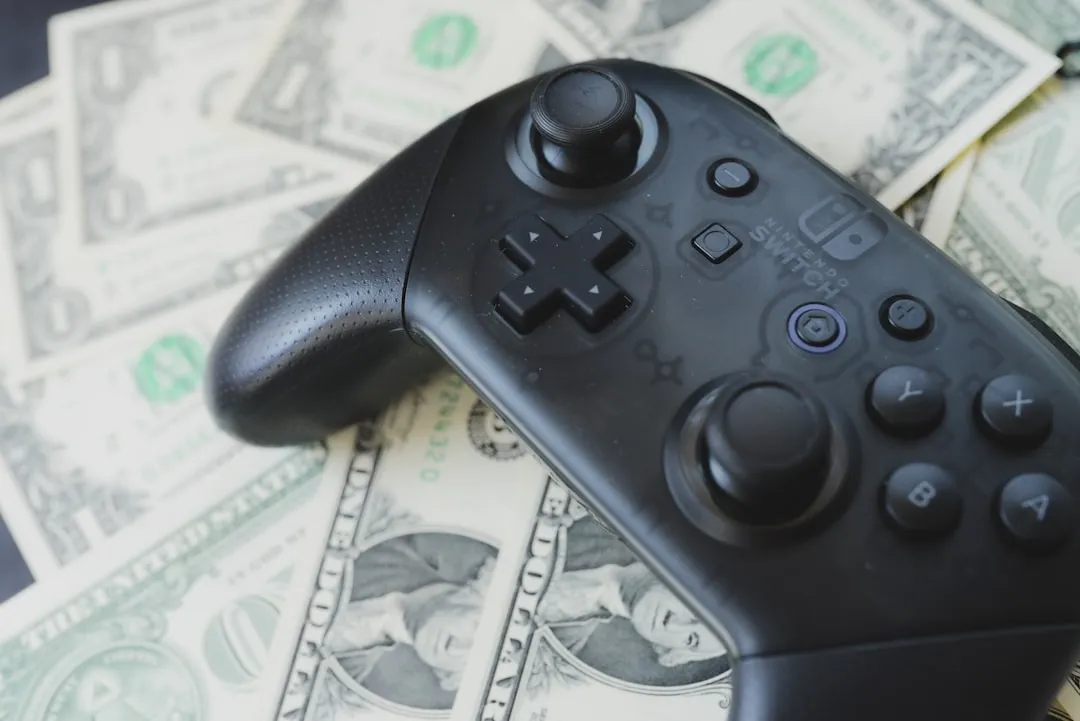
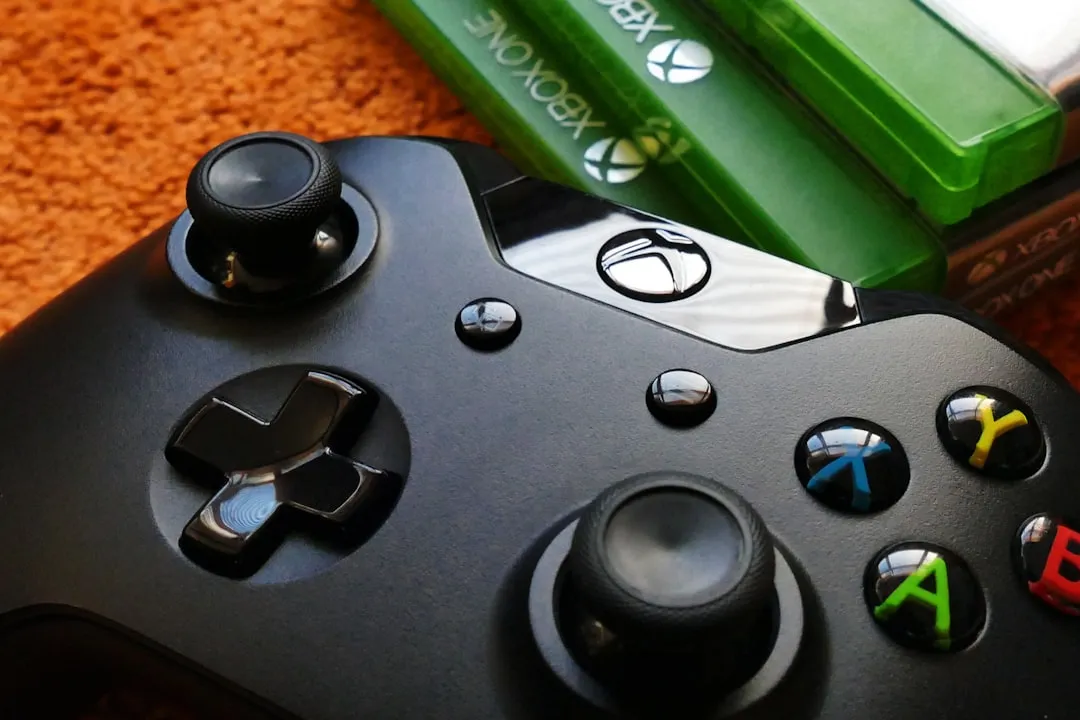
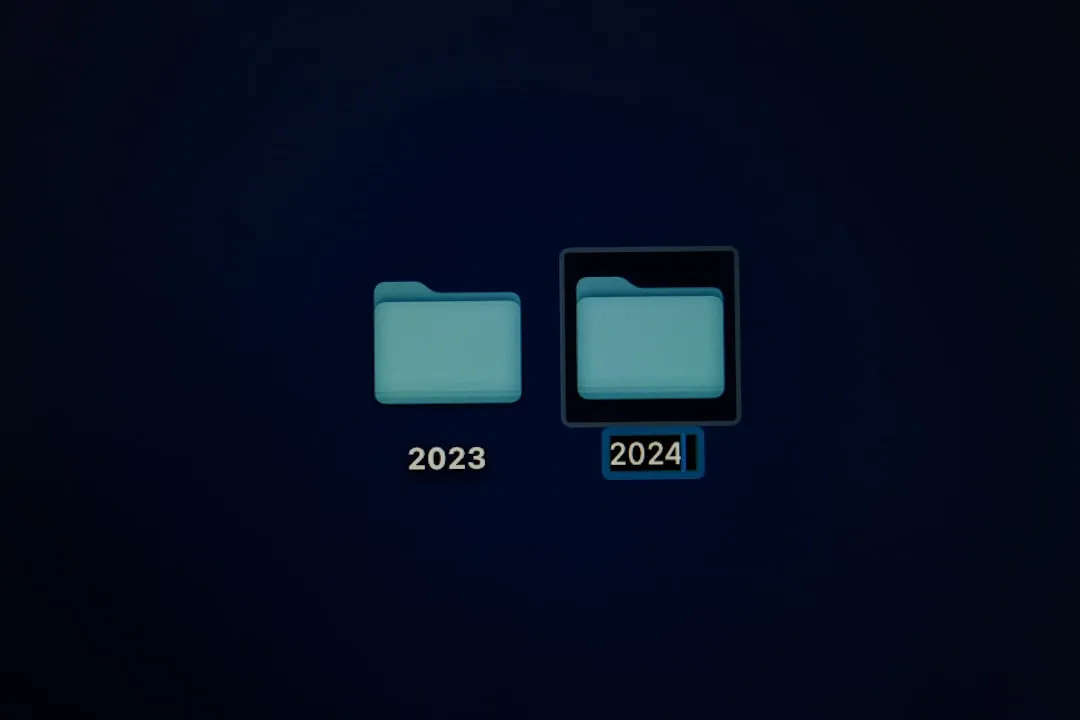
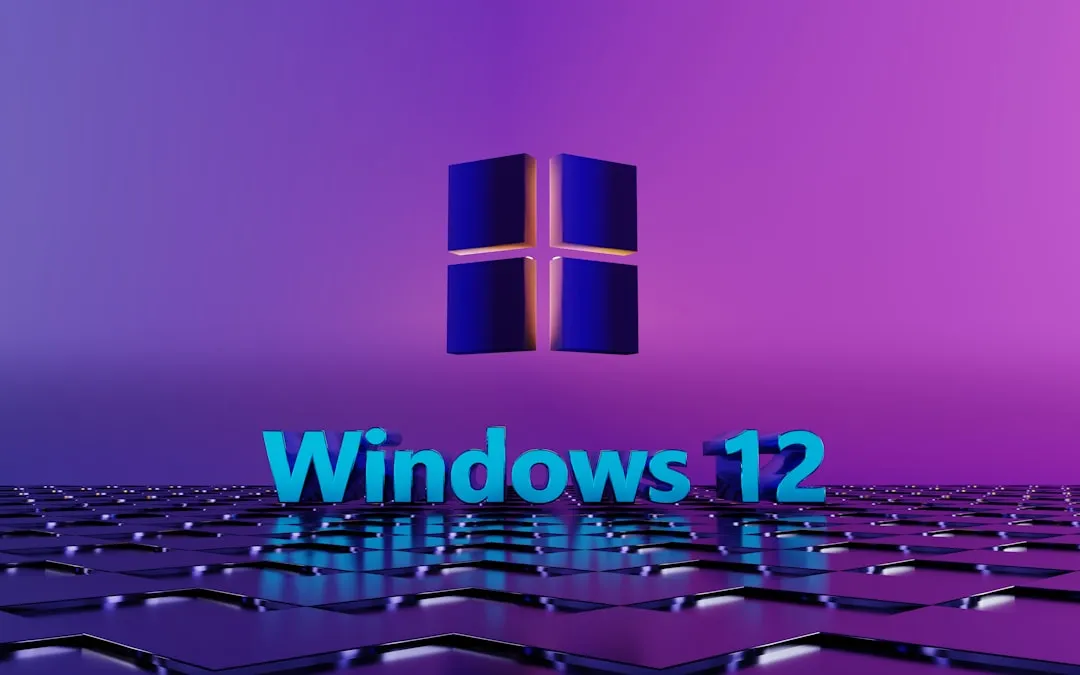
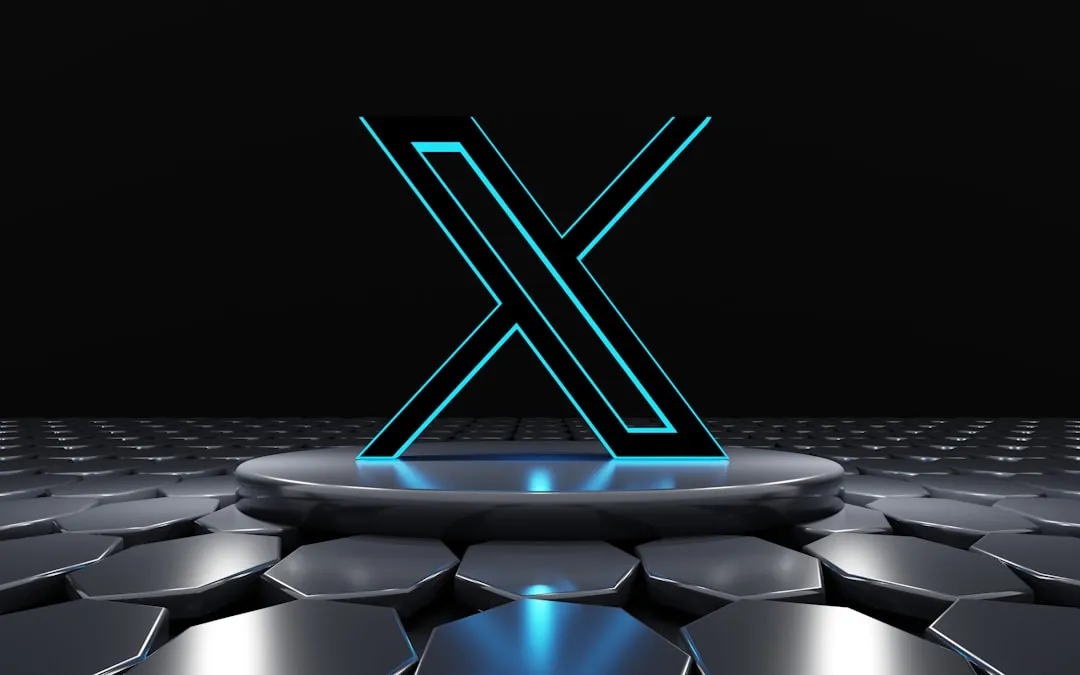
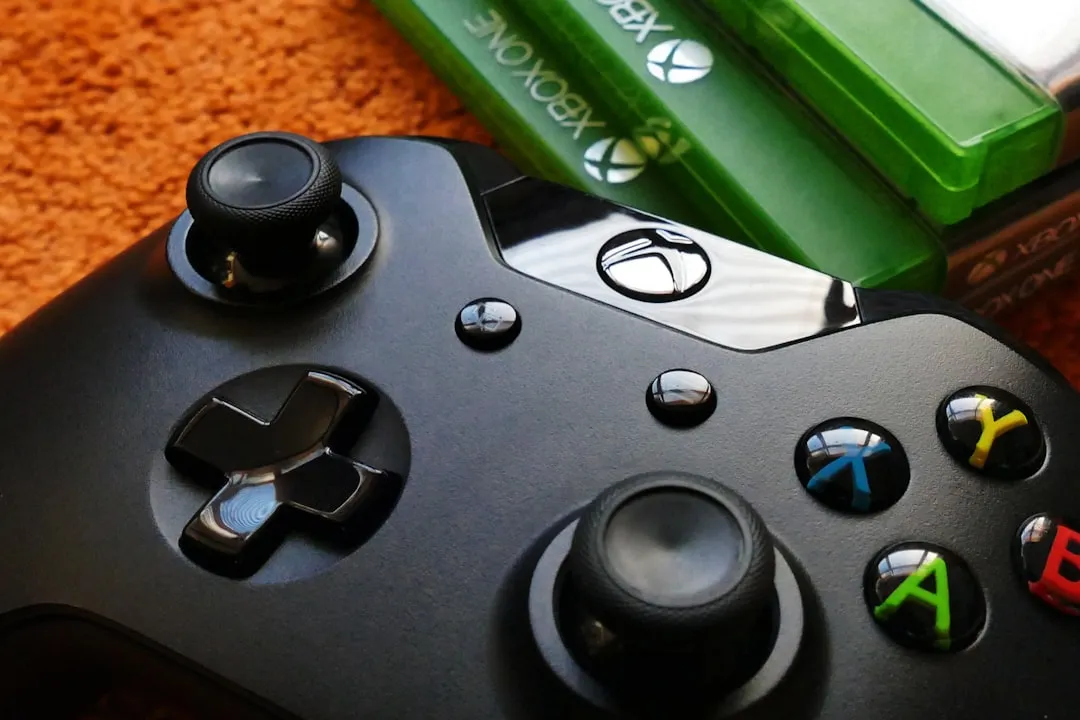

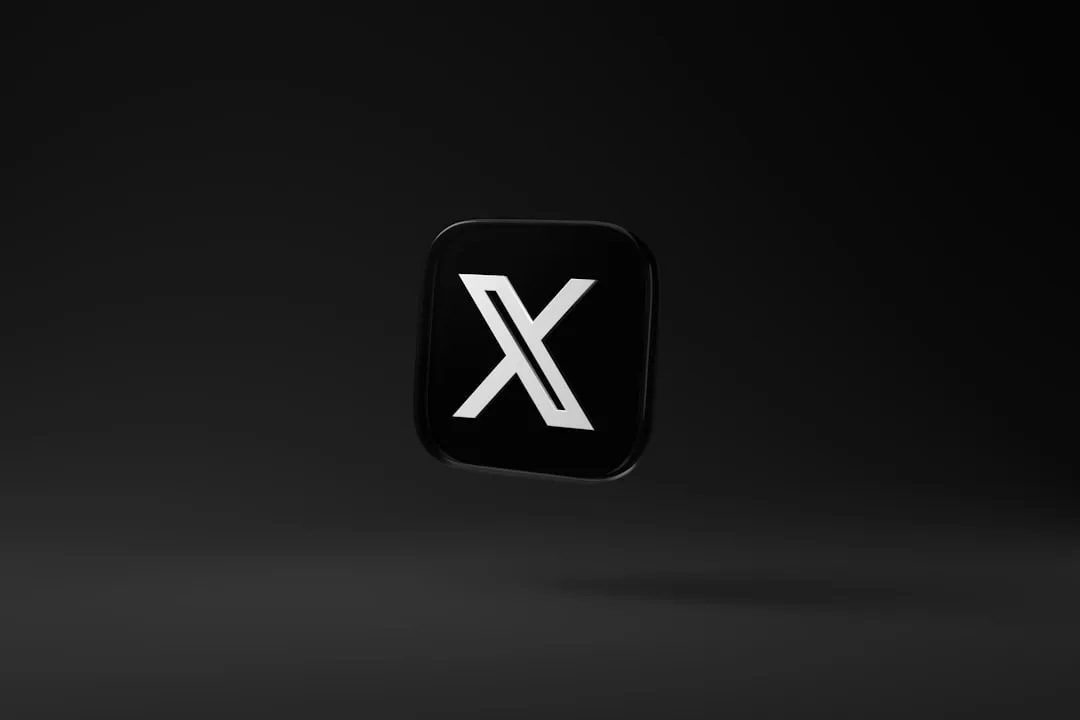
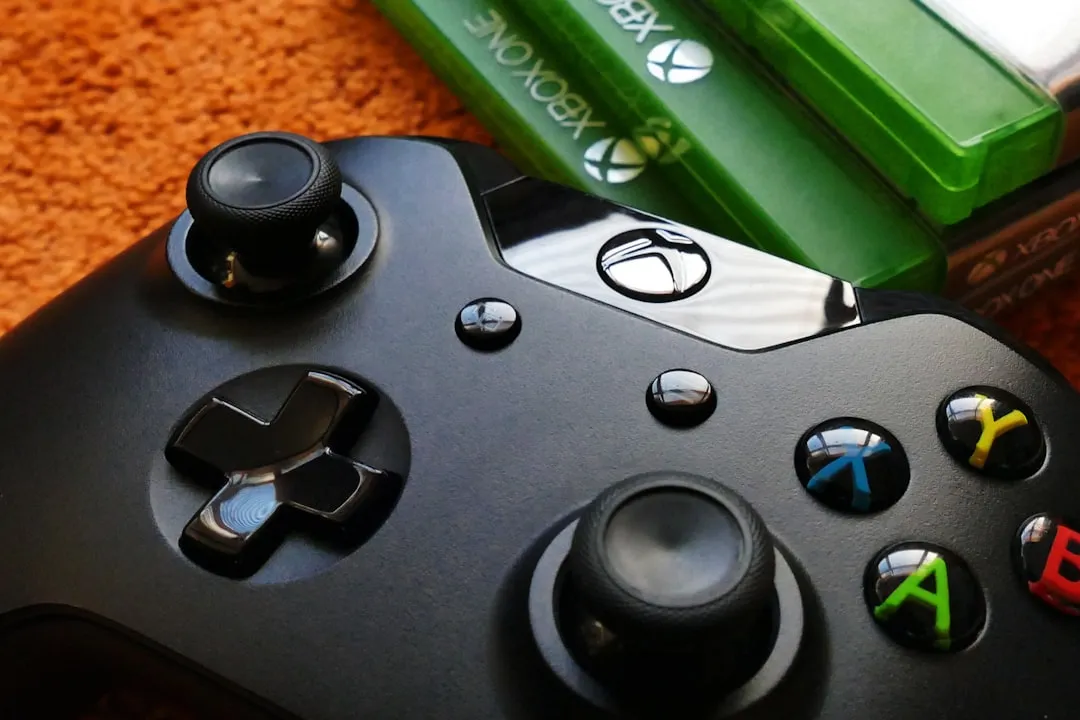
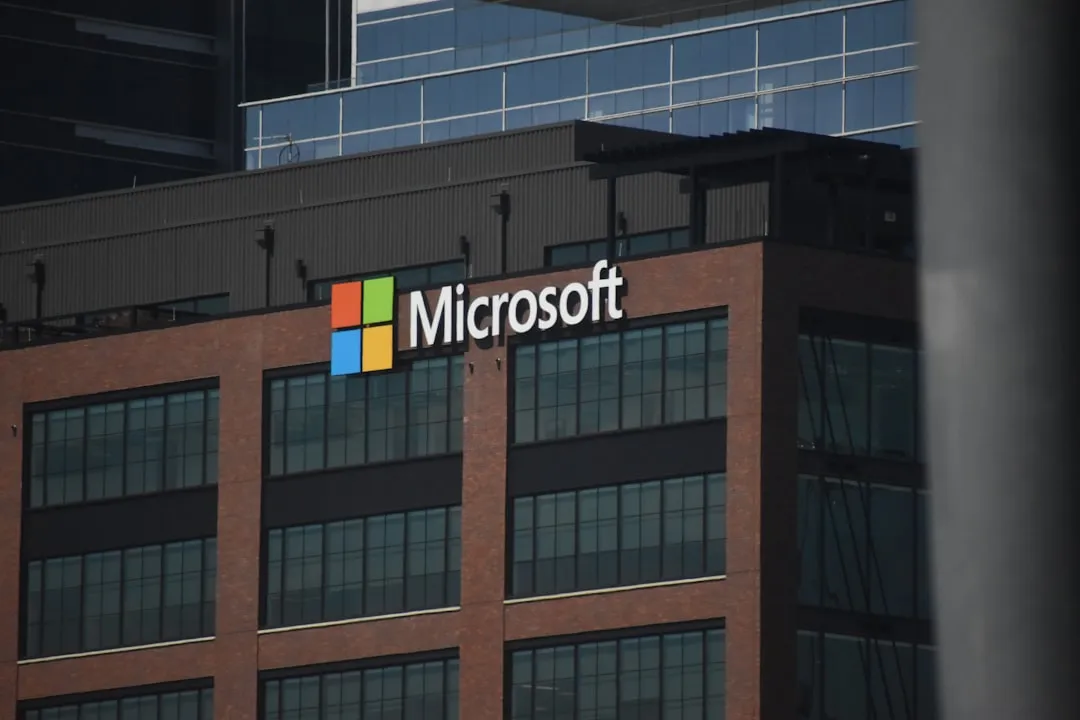
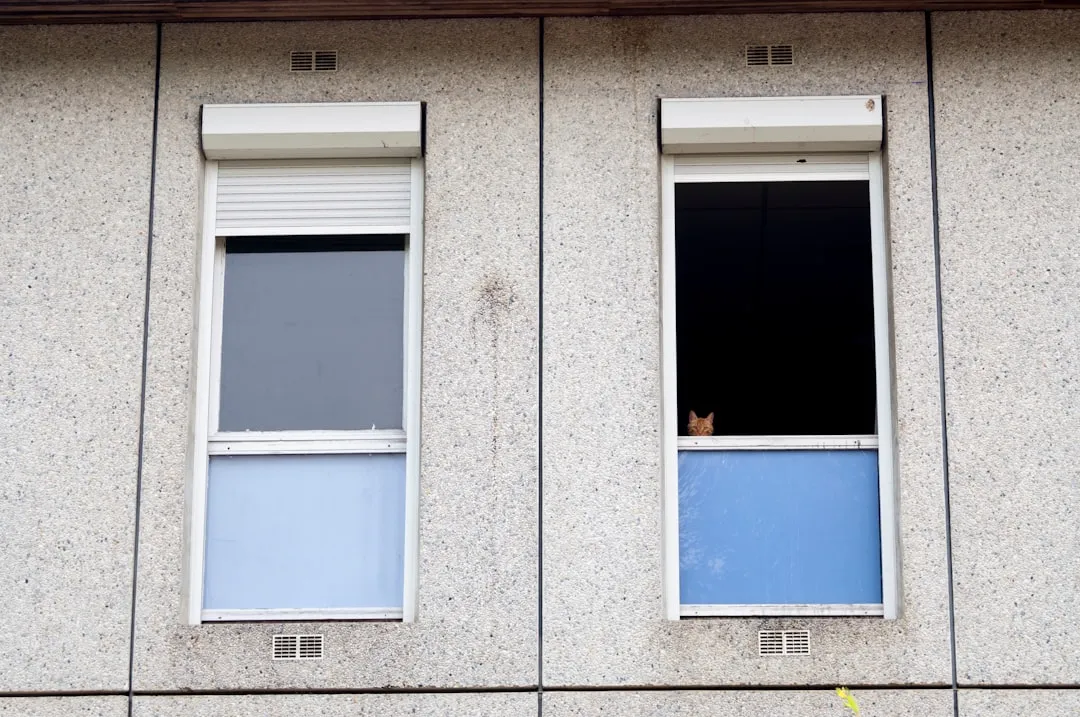
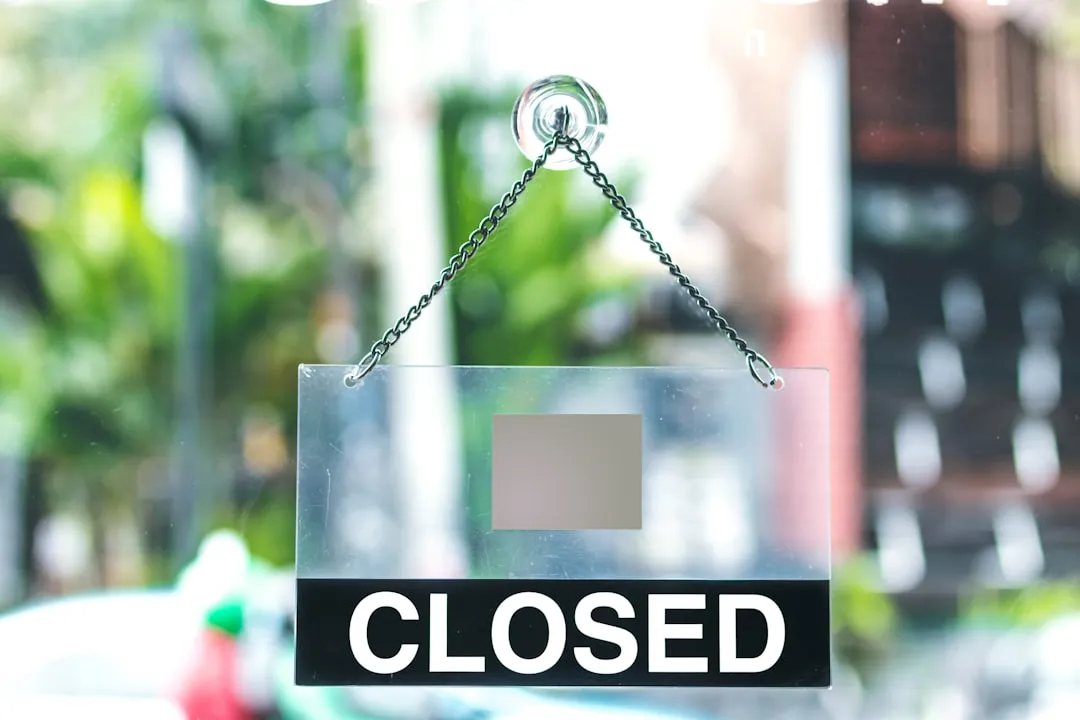
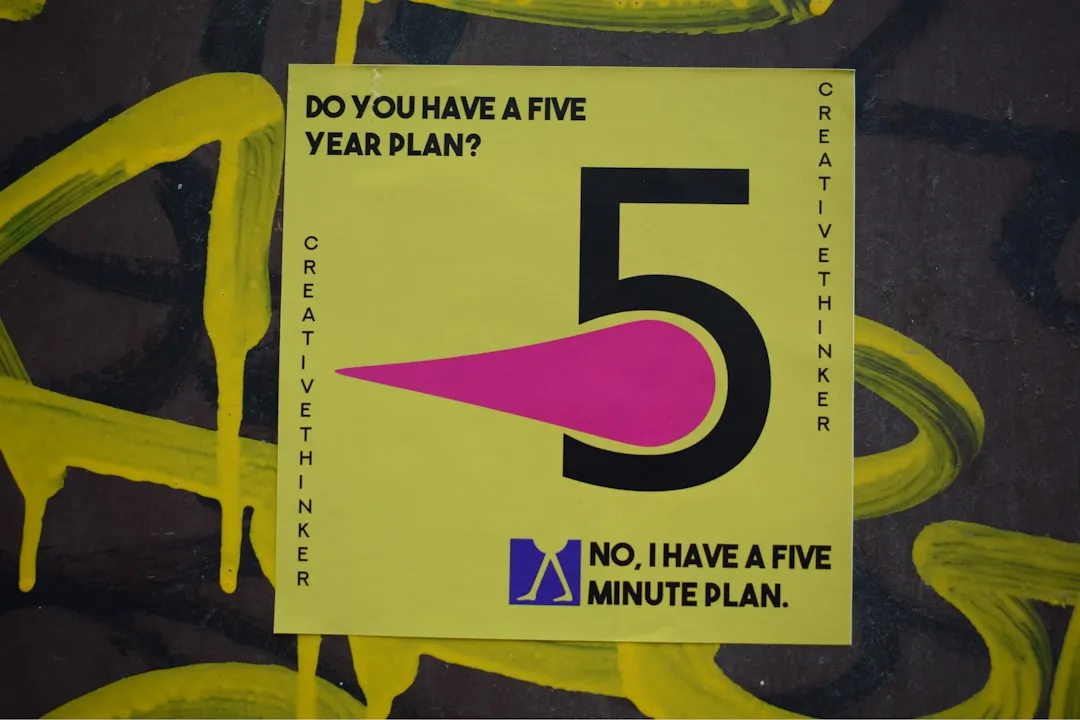
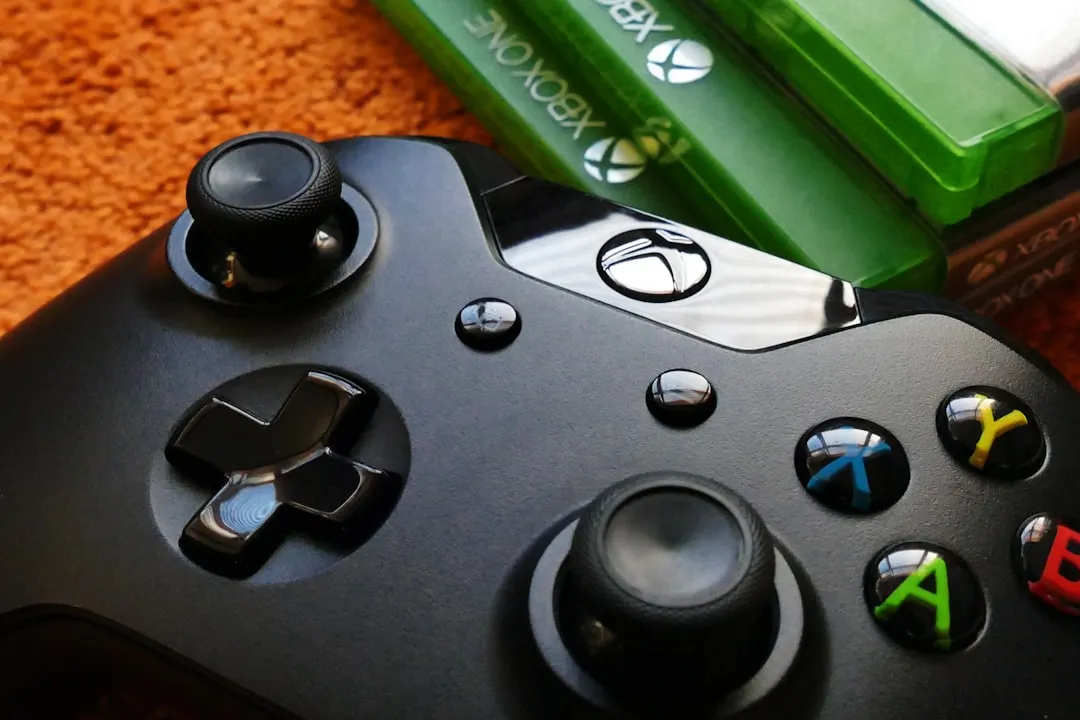
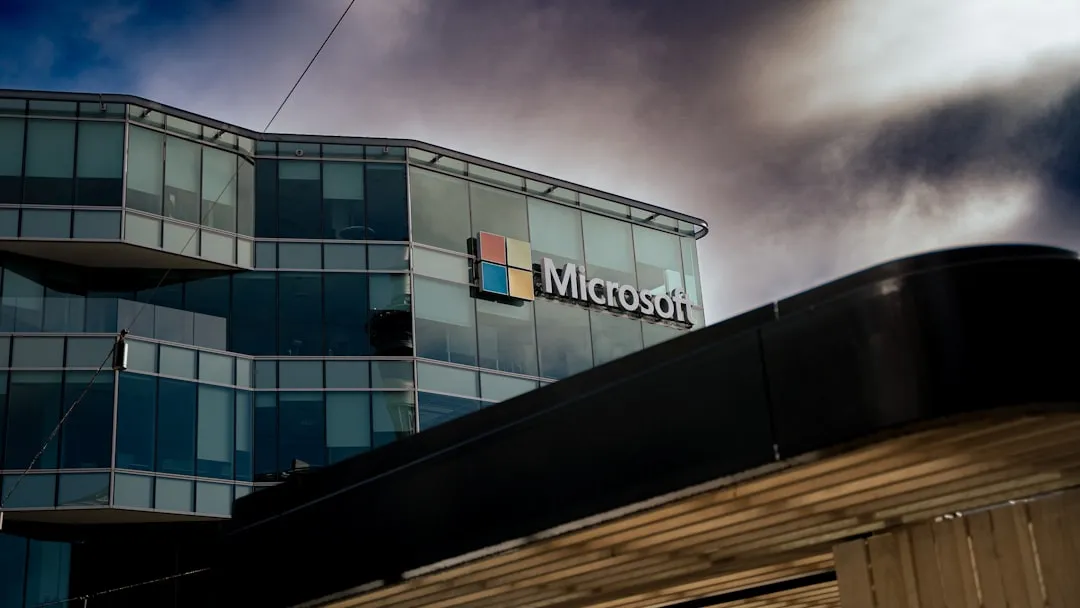
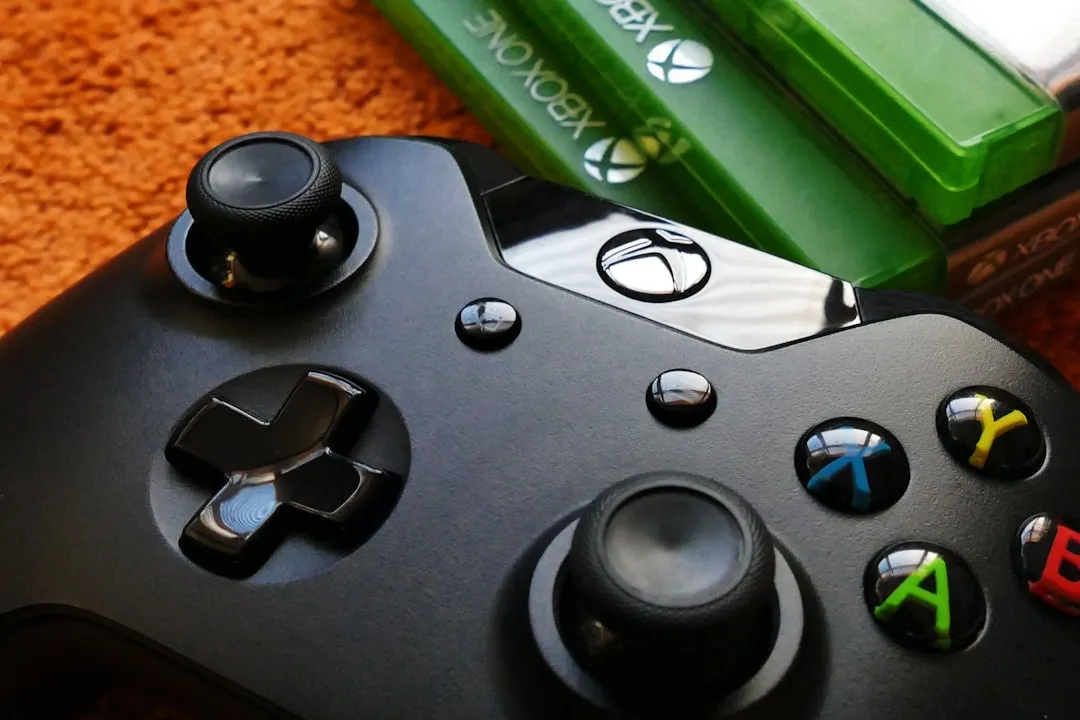

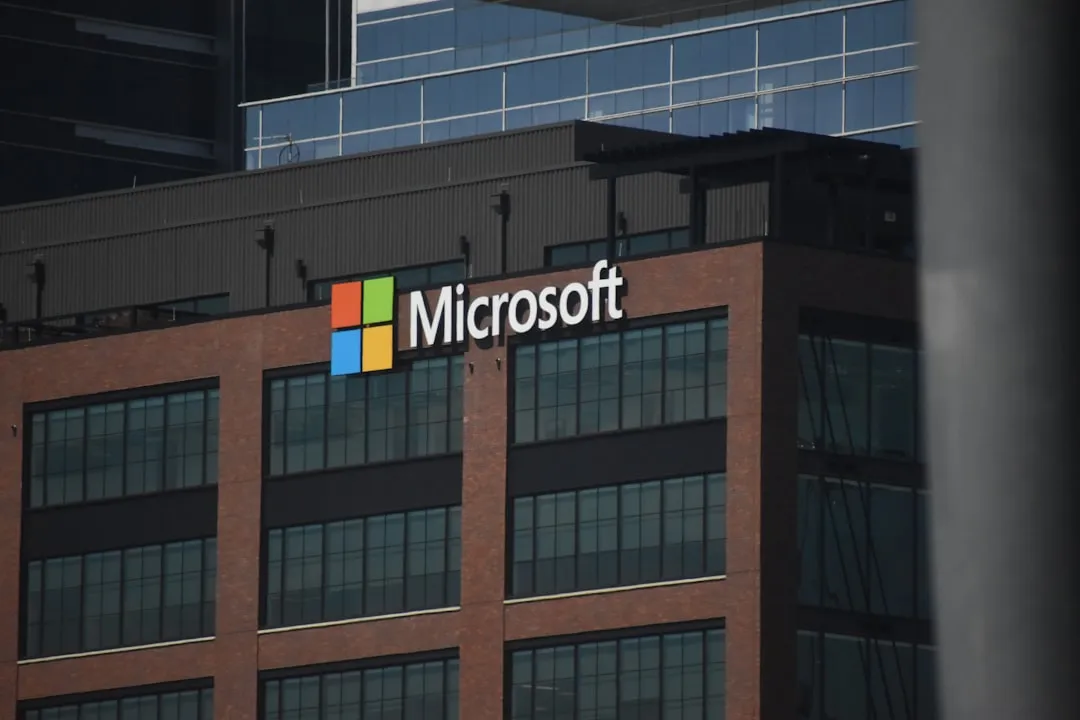
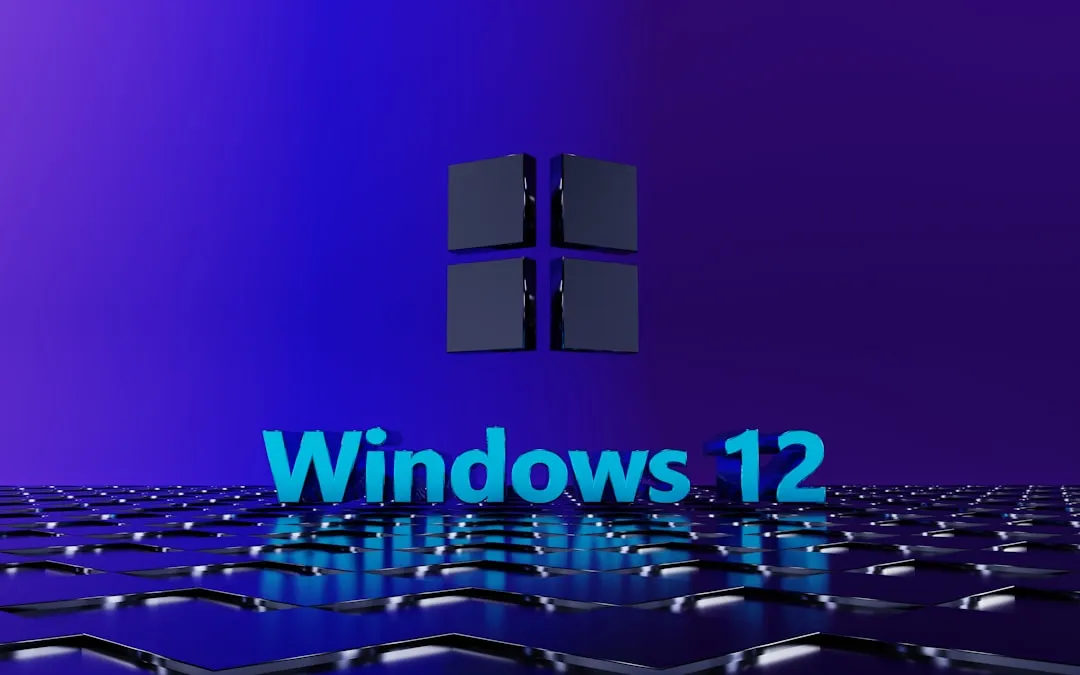
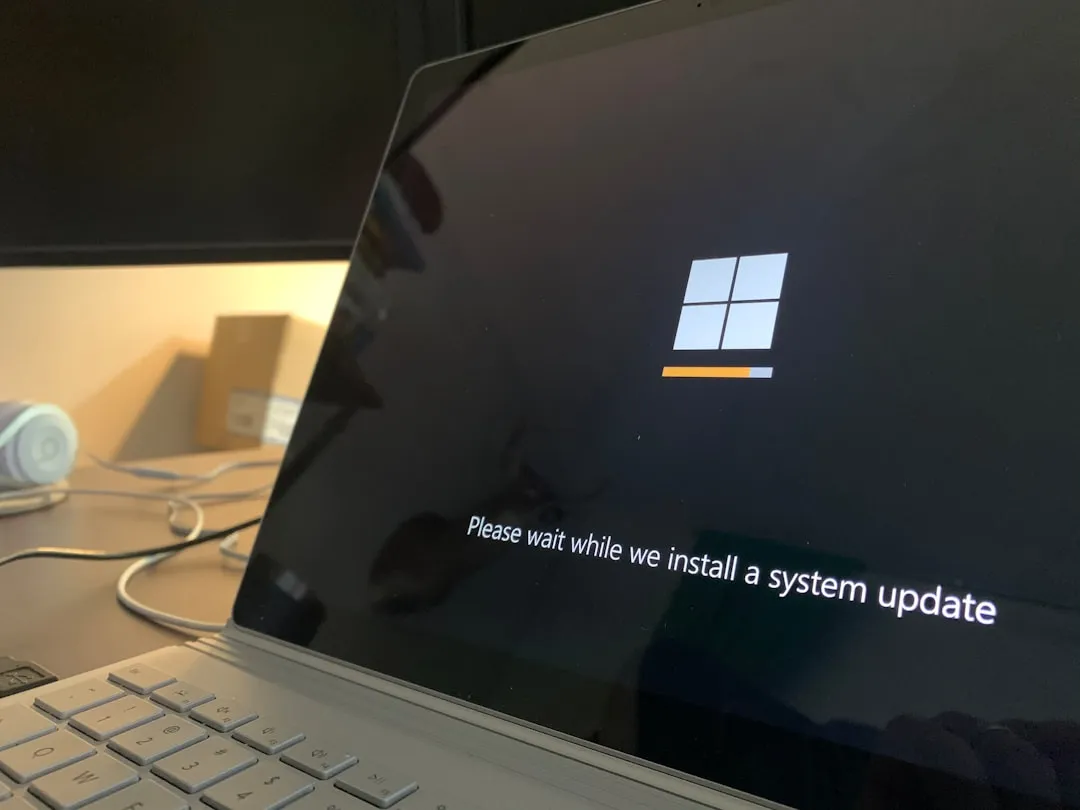
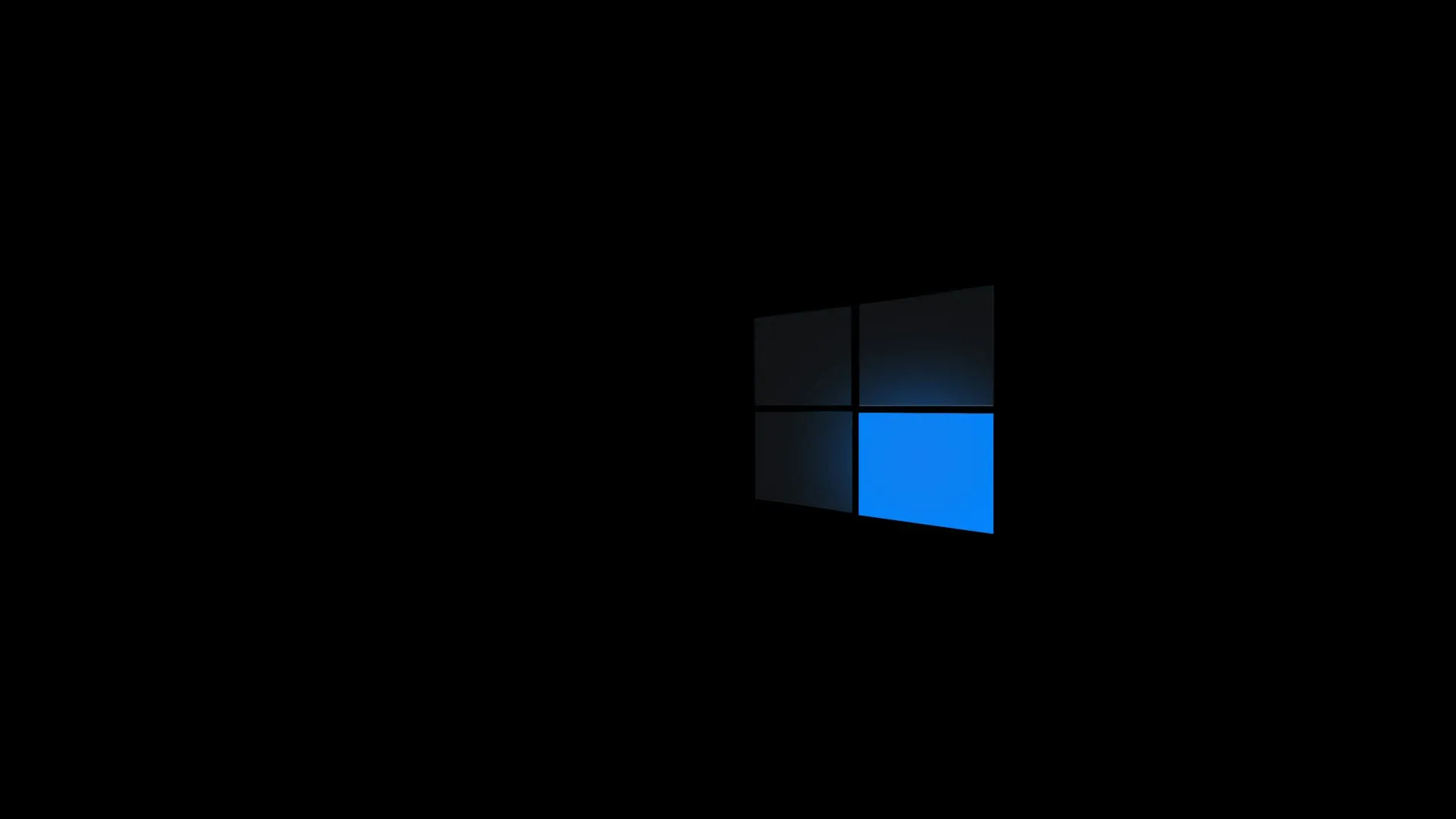
Comments
Be the first, drop a comment!